I have some excellent AND terrible news for you.
There is a full subreddit dedicated to men (and occasionally others) just being horrifyingly wrong about how female anatomy and biology works. It’s amazing. It’s horrifying. It’s something you won’t be able to look away from.
Here are just a few examples.
15. Padding the question
I…refuse to comment on this one.

Via: snyiks on Reddit
14. Common knowledge
Only women have genitals, men have penises, you should know this by now.

Via: khodor2012 on Reddit
13. Full stop
Not sure that’s how it works.
12. Spilling ink
I hope you thought this when you were like 3, otherwise I’m concerned.
11. Push it to the limit
“Can you not?”

Via: Yokiie on Reddit
10. Know where I’m coming from?
When the stupidity meets the audacity.
9. Trickle down effects
Was this written by a 12th century monk?
8. Rub one out
I once rubbed some water with a towel and it like…disappeared into the floor.
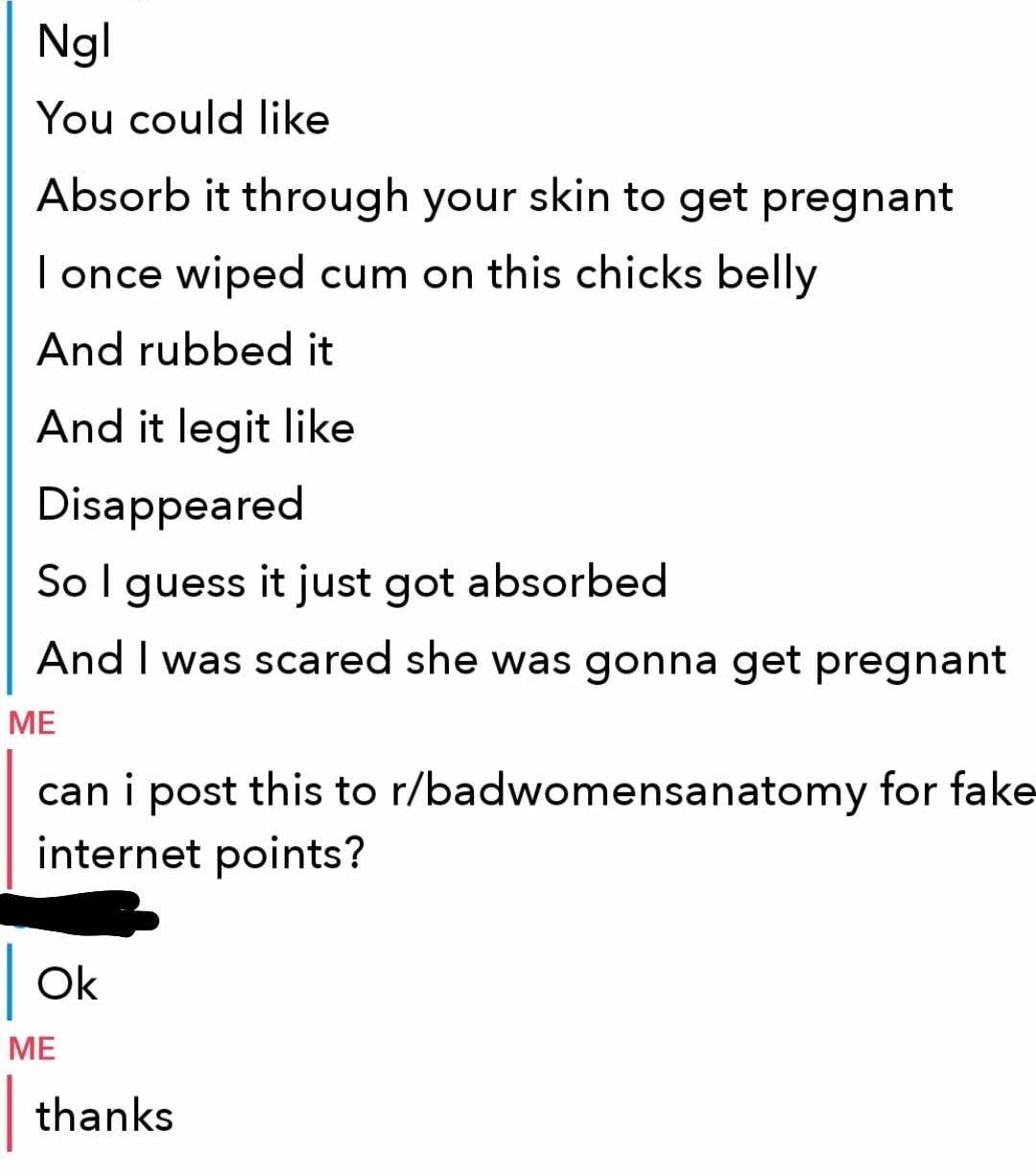
Via: purplejink on Reddit
7. BDE
The very smallest, in fact.
6. Only the insides
Trust me, I’m a doctor probably.
5. My number one problem
It’s amazing when they get corrected and still insist they know more about a body they don’t have than people who have it.
4. Water you talking about?
Your mouth takes in liquid and it’s still alive, for some reason.
3. Stop being gross
Sounds like you’ve got some deeper issues to work through, my dude.

Via: versalina on Reddit
2. F*** the system
Um, isn’t she sleeping with you, man?
1. All in time
I had to fully stop and walk away from the computer for a minute.

Via: ofespii on Reddit
I don’t know what to conclude from any of that except that our sex ed system is CLEARLY in desperate need of repair.
Has anyone said this kind of thing to you before?
Tell us in the comments.
The post 15 Times Men Got Female Biology Very, Very Wrong appeared first on UberFacts.




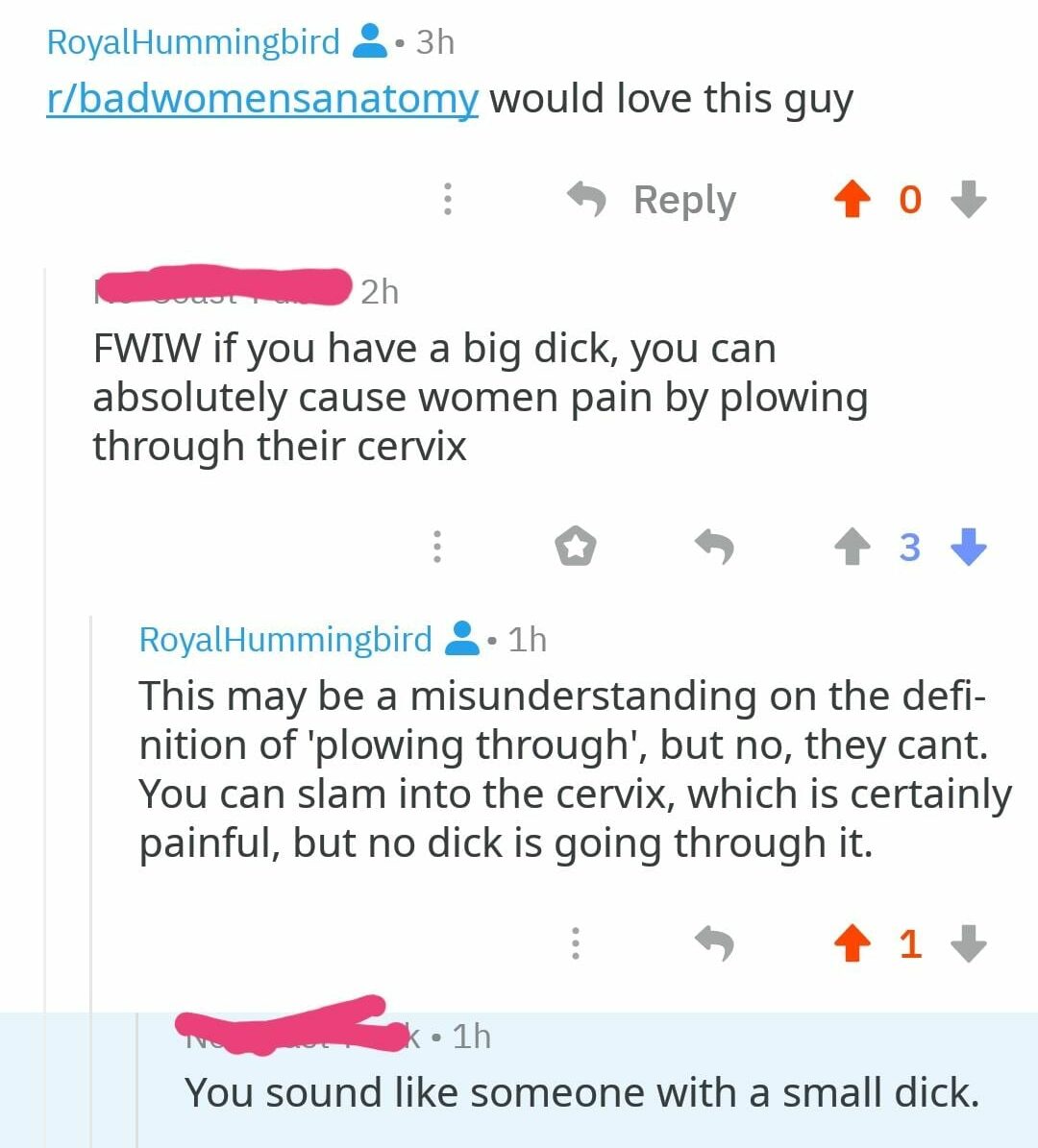












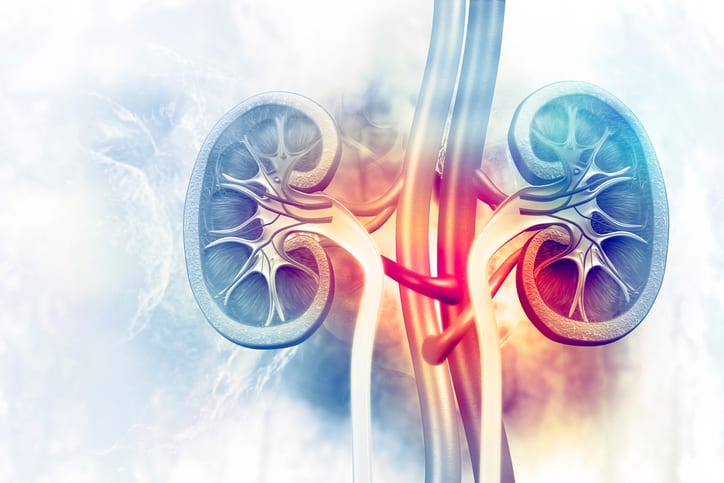


 (@Retroition)
(@Retroition) 
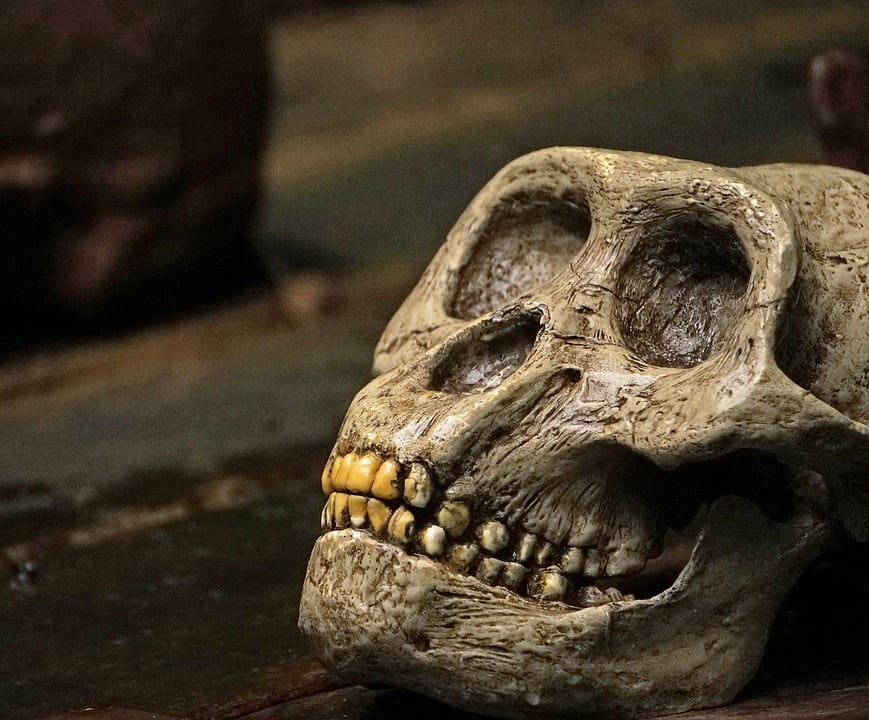


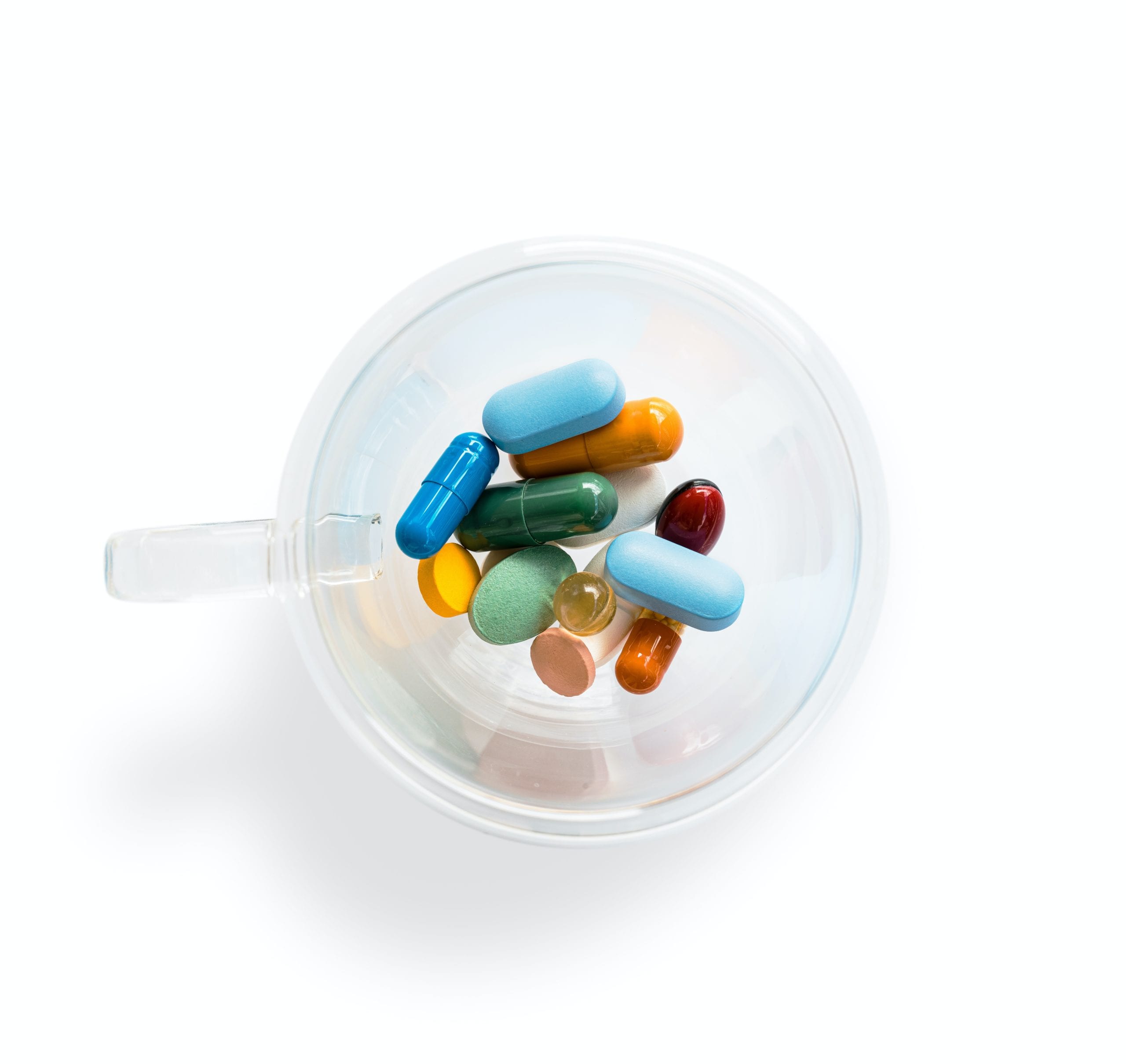


 (@omicRocker)
(@omicRocker)  (@Noname06401912)
(@Noname06401912)  “gluten free is not the same vegan” Ok and breath…
“gluten free is not the same vegan” Ok and breath…  How many of you have had a similar situation to this?
How many of you have had a similar situation to this? Need help searching for the gluten in your kiddos diet? I’m now accepting clients into my 6-week comprehensive course designed for individuals new to gluten-free eating! Apply for my program using the link in my bio
Need help searching for the gluten in your kiddos diet? I’m now accepting clients into my 6-week comprehensive course designed for individuals new to gluten-free eating! Apply for my program using the link in my bio  #celiacdiet #celiacdiseaseawareness #glutenfreefoods #glutenfreemeals #glutenfreekids #glutenfreesnacks #glutenfreegirl #glutenfreenutrition #glutenfreefamily #celiacsafe #celiaclife #celiacfriendly #celiacdisease #glutenfreefood #glutenfreeeats #glutenfreecooking #glutenfree #glutenfreelife #momhelp #celiacmom #glutenfreemom #glutenfreemomma #celicfamily #familynutrition #momnutrition #familymealplanning #glutenfreeme #wheatallergy #momlifebestlife #momlife
#celiacdiet #celiacdiseaseawareness #glutenfreefoods #glutenfreemeals #glutenfreekids #glutenfreesnacks #glutenfreegirl #glutenfreenutrition #glutenfreefamily #celiacsafe #celiaclife #celiacfriendly #celiacdisease #glutenfreefood #glutenfreeeats #glutenfreecooking #glutenfree #glutenfreelife #momhelp #celiacmom #glutenfreemom #glutenfreemomma #celicfamily #familynutrition #momnutrition #familymealplanning #glutenfreeme #wheatallergy #momlifebestlife #momlife . . . . #foodprnshare #feedfeed #foodporn_xox #forkyeah #eeeeeats #FRavorites #devourpower #foodbeast #lovefood #gastronogram #eatfamous #eatmunchies #foodgasm #delish #EatingForTheInsta #dailyfoodfeed #abc7eyewitness #eatfamous #foodporn #foodpornshare #dinnerideas #buzzfeedtasty #carbs #nyc #nyeats #nycfood #newyorkfoodies #newyorkfood #eaterny #newyorkfoodie
. . . . #foodprnshare #feedfeed #foodporn_xox #forkyeah #eeeeeats #FRavorites #devourpower #foodbeast #lovefood #gastronogram #eatfamous #eatmunchies #foodgasm #delish #EatingForTheInsta #dailyfoodfeed #abc7eyewitness #eatfamous #foodporn #foodpornshare #dinnerideas #buzzfeedtasty #carbs #nyc #nyeats #nycfood #newyorkfoodies #newyorkfood #eaterny #newyorkfoodie